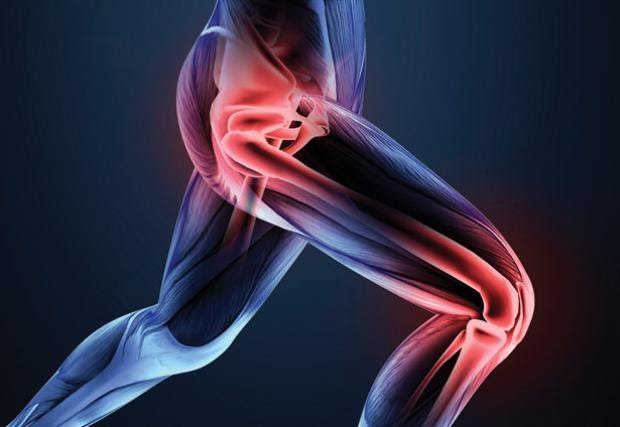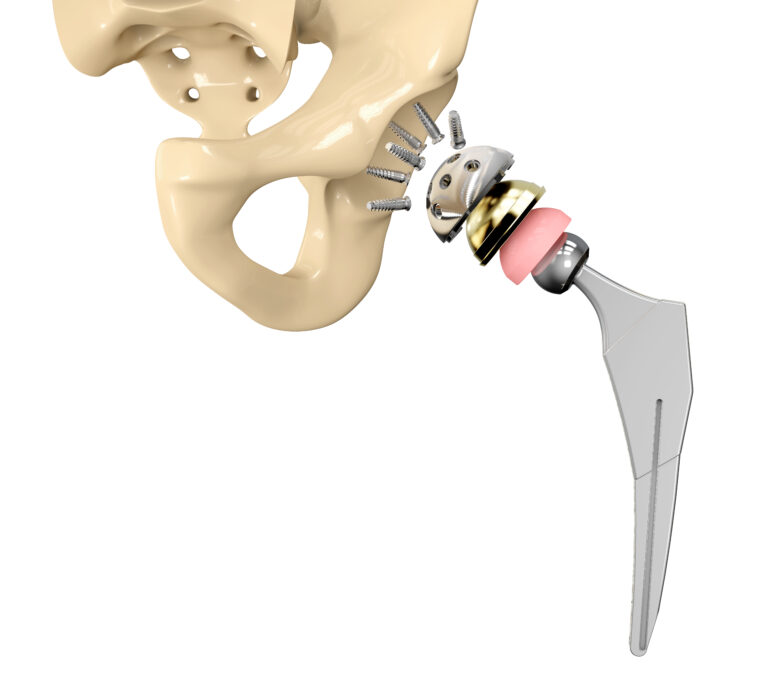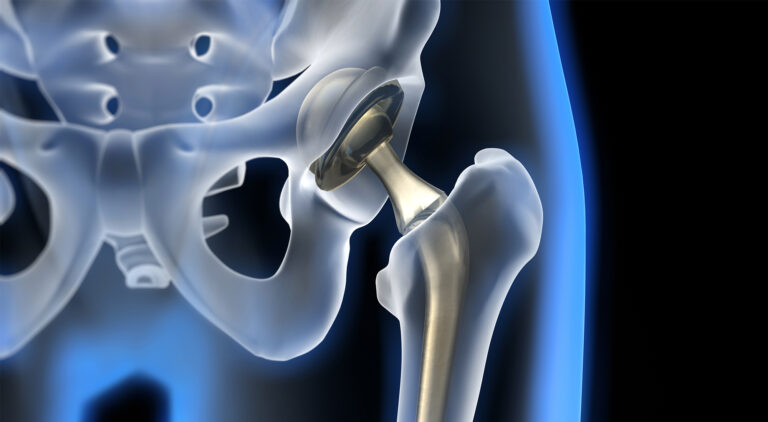
Introduction:
Osteoarthritis (OA) is a degenerative joint disease that disproportionately affects women, especially as they age. This blog explores why women are at higher risk for osteoarthritis, the symptoms of early onset, and actionable lifestyle changes to prevent the condition from progressing.
Why Women Are at Higher Risk for Osteoarthritis:
- Hormonal Changes: Estrogen helps protect joints, and its decline after menopause contributes to increased cartilage breakdown.
- Obesity: Women, particularly post-menopause, are more prone to weight gain, which increases stress on weight-bearing joints like the knees and hips.
- Previous Injuries: Women who have sustained joint injuries, such as ACL tears, are at higher risk of developing osteoarthritis later in life.
Early Symptoms of Osteoarthritis:
- Joint Pain: Aching in the joints, particularly in the morning or after physical activity.
- Stiffness: Limited range of motion, especially after periods of inactivity.
- Swelling: Inflammation in the joints, which may lead to visible swelling.
Preventive Strategies for Osteoarthritis:
- Maintain a Healthy Weight: Keeping body weight within a healthy range reduces the strain on joints.
- Regular Exercise: Engaging in low-impact activities like swimming, walking, and cycling to strengthen muscles around the joints.
- Balanced Diet: Consuming foods rich in anti-inflammatory properties like omega-3 fatty acids, calcium, and vitamin D.
- Joint Protection Techniques: Using supportive footwear, ergonomic tools, and proper body mechanics during daily activities.
Treatment for Early-Stage Osteoarthritis:
- Medications: Over-the-counter pain relievers, anti-inflammatory drugs, and joint supplements.
- Physical Therapy: Exercises that improve flexibility and strength around the affected joint.
- Surgical Options: For advanced cases, joint replacement or joint preservation surgeries may be considered.
Disclaimer:
The information provided is for educational purposes only and should not be considered medical advice. Always consult with a healthcare professional for personalized guidance on preventing osteoarthritis and maintaining joint health. Lifestyle changes and prevention strategies may vary depending on individual health conditions and needs. This content aims to raise awareness and offer general advice on maintaining healthy joints. Results may differ based on individual circumstances, and professional medical advice is essential for effective prevention.




